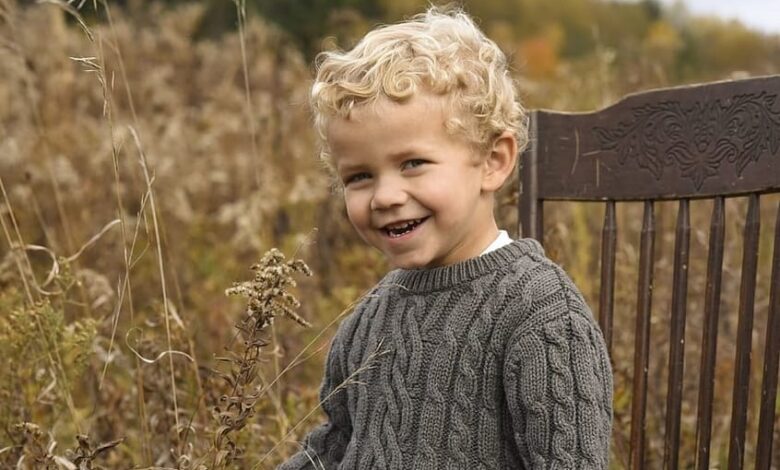47 Super Cool Nicknames for James That Is Cute and Funny

When searching for super cool nicknames for James, you need names that will bring the best out of your boy. You need to look for names that are cute, funny, and sound pleasant to the ears.
Nicknames are supposed to be easy; but, finding one suitable for a loved one can be hard.
Getting good nicknames requires preparation and dedication, which sometimes becomes energy-consuming.
To help find a perfect nickname for a boy named James, I have gathered great nickname ideas in this article that you can use.
Table of Contents
Nicknames for James – the Coolest

The name James has a long history, we have seen great men of old and present bear the names.
When it comes to nicknames, James has a wide variety you can pick from. The following list of nicknames for James will provide you with a good idea.
Cute Nicknames for James
If you’re searching for a nickname appropriate for somebody with a beautiful personality, here are my list of cute nicknames for the name James:
- Jamsie
- Jamesie
- Jay-Jay
- Jae
- Jamie
- Jay
- Jimbo
- Jamey
- Jem
- Jim
- Jimmie
- Jimmy
- Jameson
- Jas
- Jemmy
- Jambo
- Jaime
- Jamison
- Jamon
Funny Nicknames for James
Funny nicknames are usually shortened and fun versions of the original name. Here are some Funny nicknames for James you can use:
- Jimiky
- Jamesy
- Jamboslice
- Jame
- Jams
- Jimmer
- Jim Jam – From the Kids cartoon channel
- Jammy boy
- Shimmer Jimmer
- Jameith
- Jimps
- Jamboree
- Jimmie
- Jam the Hamster
- Jayman
- Jammer
- Mr. Bond – Gotten the movie James Bond.
- Jayma
Cute Boyfriend Nicknames for James
If you are looking for a sweet pet name for your boyfriend named James. Here are suitable nicknames for him:
- Jaime
- Jamesie
- Jamie
- Jamsey
- Jayme
- Jem
- Jim
- Jimmie
- Jimmy
- Jayman
Middle Names for James
Middle names help to give more balance to your first and last names. The name you choose is solely your decision but in doing so, look for names that are nice and easy to pronounce.
- James Liam
- James Noah
- James Oliver
- James William
- James Elijah
- James Benjamin
- James Lucas
- James Mason
- James Ethan
- James Alexander
- James Henry
- James Nolan
- James Michael
- James Daniel
- James Logan
- James Jonathan
- James Sebastian
- James Aiden
- James Owen
- James Samuel
- James Matthew
- James Joseph
- James Levi
- James Mateo
- James David
- James Landon
- James Wyatt
- James Carter
- James Julian
- James Luke

Famous People Named James
The list below are names of famous people with the name James. These people have distinguished themselves in various fields.
- James Cook: He is the Captain of a Royal Navy and Navigator (British) 1728-1779.
- James Arthur: English songwriter and singer.
- James Rodríguez: Former Real Madrid forward and Colombian international football player.
- James Garner: Nicknamed Jimmy – He is a voice artist, actor, producer (American).
- James Ingram Merrill: He is referred to as JM, he is an American poem writer.
- James John Grant: The big J as fondly called, a World War I Flying Ace.
Sibling Name for James
The following are sibling’s name for James you can pick from if have a male brother to James.
- Nicholas and James
- Greyson and James
- Cooper and James
- Ian and James
- Carson and James
- Axel and James
- Jaxson and James
- Dominic and James
- Leonardo and James
- Mavis and James
- Adam and James
- Xavier and James
- Jose and James
- Jace and James
- Everett and James
- Declan and James
- Evan and James
- Kayden and James
- Parker and James
- Wesley and James
Is Jack a Nickname for James?
Jack is traditionally a nickname for John, but not James. Although, James and John are derived from the same word Ya’akov.
The confusion came from Jacques which is the French form of Jacob and James.
Therefore, Jack is not a nickname for James, but can be for Jacob/John and also stand as a given name.
Is Jamie a Nickname for James?
Jamie can be used for both male and female names. It is a short form of James, Jamie can stand a first for girls and a cool nickname for James for boys.
The numerous short forms of James give parents a wide option of nicknames for their boy, e.g. Jamie. With thousands of names in our handbook, “The Baby Name Wizard” Choosing the right on just a click away.
James Meaning and Origin
The James is a Hebrew name for boys, derived from the Latin name Iacobus, which is the derivative form of the Hebrew name Jacob.
James is a popular name, but common with the English speaking countries. The names has stood the test of time; it is ancient but classic. Men with the name James have been in Leadership, and successful in all they do.
The name James was very popular from 1910 – the 1950s staying among the top names for boys and decline a little in 1993.
In 2022 James finished 4th as the most popular name for boys, with 12,028 new babies representing 0.645% of total birth in the United States – according to data released by the Social Security Administration (SSA).
What Girls Think of Guy Names
Here are what girls think about guy names, watch what our girls are saying.
Last words
I hope you find my opinion helpful. These ideas will get your brain working to find several awesome Nicknames for James.







